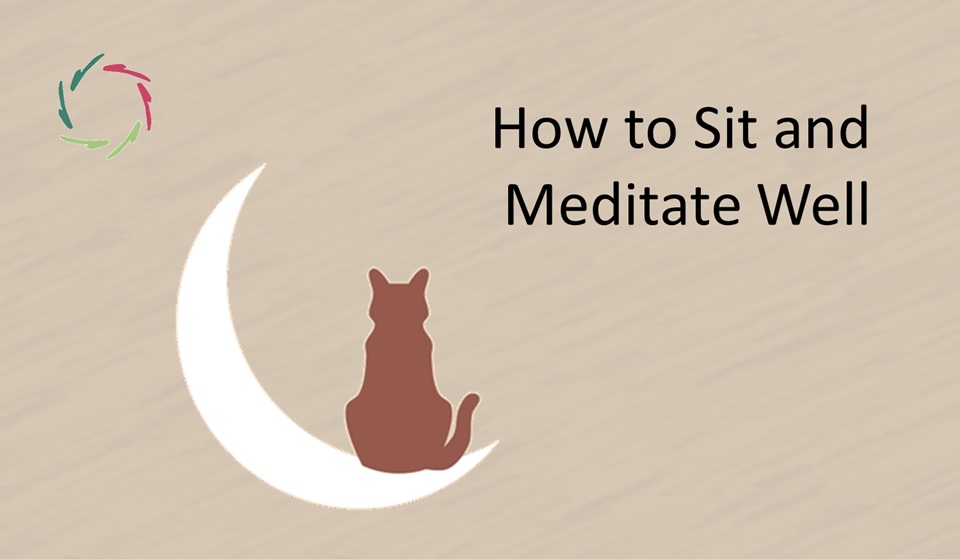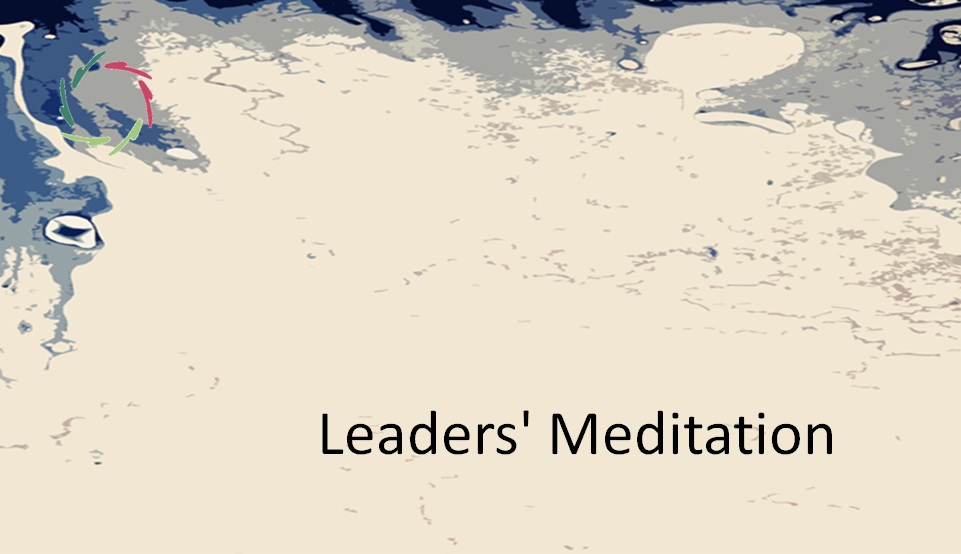How to Sit and Meditate Well

Or: seven friendly reminders for those who like to sit in meditation but don’t always know how.
Meditation isn’t about looking serious or pretending you’re levitating from the knees. It’s about being truly present — in body, in breath, in openness. You may sit cross-legged on a cushion or sit on a chair, in a zendo or on a mountain. What matters is how you relate to your sitting. That’s what these seven pointers are about.
1. Balanced Imbalance
People often think Zen sitting means being still like a statue. But you are not a statue — you are alive. Your body wants to move, and you should let it — subtly, gently. Think of gravity not as your enemy but your partner. Like the moon continuously falling toward Earth, let your posture be in a state of gentle motion. One part of your body falls, another rises, and this creates balance in imbalance. It’s a solitary dance — very slow, almost invisible. To me, it feels like capoeira in slow motion. It’s not something you have to think about. Just let it happen. Let gravity help you fall — endlessly. You might call this endless falling, or balanced imbalance.
2. Empty Breathing
Breathing advice? I’ve read the books. I remain loyal to one thing: your breath is your breath. Abdominal, thoracic, shallow, irregular — whatever it is, it’s yours now. No need to tweak it. Breath isn’t a volume knob on your spiritual machine. It’s more like the flame on a stove — the real control lies elsewhere: in your deeper self. You can invite the breath to calm down – maybe three gentle breaths – but then let go again. When your breath becomes calm this way, it’s truly your calm. It’s not about controlling the breath. It’s about letting it be empty — of judgment, of force, even of itself.
3. Ascension to Heaven
A living spine is not a set of vertebrae — it’s a single, beautiful organ. And it shouldn’t be forced into straightness. Rather, it reaches upward naturally. Imagine an elastic cord from the crown of your head stretching infinitely skyward. It pulls you gently, letting you relax into uprightness. There’s grace in that upward movement — like a woman walking well in heels, or a gothic arch, or a fish swimming upwards through water. Your spine becomes a vertical dance. It’s not rigid — it’s aspiring. Ascension to Heaven isn’t a fantasy. It’s a posture, and a state of being.
4. The Cushion Kickbox
Tension in muscles? Don’t just relax it away. First, listen. Explore it. Ask it – silently – why it’s there. Accept it, and feel when it can go. It might leave with the pain. Or it might stay a while. That’s okay too. Then there are the tiny contractions – small muscular contractions – which often go unnoticed. These can build up quietly and do harm over time. So let life move through you, even in stillness. Stillness isn’t a lack of motion. It’s harmony with motion. The deeper you let go, the closer you come to the edge — the place where ego hesitates. Still, abandon. Imagine an adversary ready to strike — your muscles relaxed, your body alert, entirely ready. You are fully here. This is stillness within strength. This is the cushion kickbox.
5. Sitting in the Eye of the Needle
“Am I doing it right? Am I good enough? Am I close to enlightenment?” The ego wants to rush, compete, compare. Meditation offers another voice: Let it be. As the Beatles sang, and as many wisdom traditions echo: acceptance isn’t passivity — it’s spaciousness. In deep acceptance, you are no longer just yourself. You become part of something wider, more intimate. Not me and you, but Me in You, and You in Me. That’s the eye of the needle — so small no ego can pass, yet once you’re in, it’s vast. You’re not outside looking at the gate anymore. You are inside. And it’s beautiful here.
6. Escaping the Wheel of Samsara
“Thoughts come and go.” That’s what they say. But actually — they don’t. Thoughts emerge and dissolve. Like clouds in the sky, they are made of the sky itself. Even when absent, their form still echoes. Meditation doesn’t make thoughts disappear. It lets them influence each other in far richer ways. A myriad of patterns happening in parallel, beyond conscious reach — this is no-thinking, the fertile emptiness Zen speaks of. In this state, you are not caught in time, or dualism, or rebirth. You are just being. You escape the wheel — not by fleeing it, but by no longer needing it to turn.
7. No Escape. The Final Frontier.
In meditation, there is no room for choice-making. You’ve made your decision already: to sit. During meditation, further choices pull you away. Ego loves choice — it feeds its illusion of control. But real choice is made before. Ritual helps: the bow, the hand mudra, the shared posture. These don’t control the deeper self — they invite it. Like saying thank you after the sitting — even after a ‘bad’ one. Especially then. A good ‘thanks’ after a bad sit is a gift. You put your heart on a little plate, offer it, and say: This is what I have. I give it to what is. This is surrender. This is no escape. This is the final frontier.
And that’s it.
Seven gentle invitations — not commandments.
You don’t need to master them.
You only need to notice them, from time to time, while your breath continues and the world turns.
Happy sitting.


